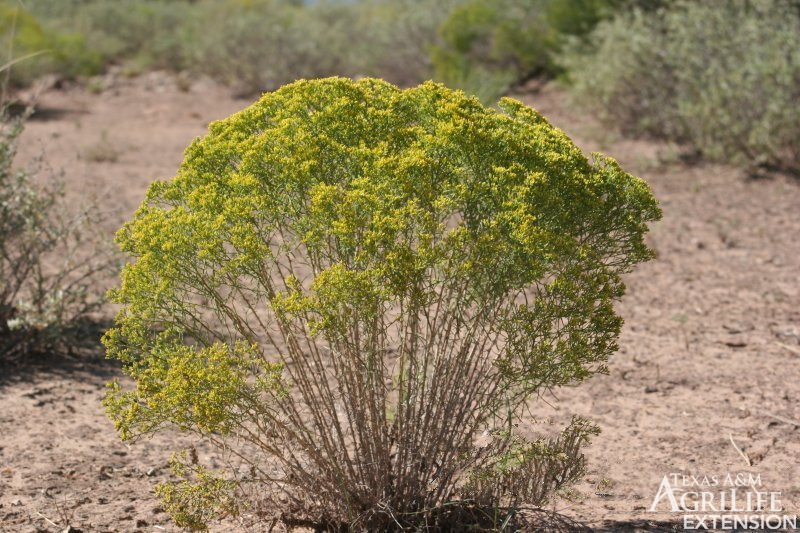Multiple fires conducted in spring (March-April) and summer (June-July) on blue grama (Bouteloua gracilis [H. B. K. Lag.]) grassland near Corona, N.M. were used to relate broom snakeweed (Gutierrezia sarothrae [Pursh] Britt & Rusby) control to pre burn vegetation, weather, and fire conditions. Spring fires moved faster and burned cooler than summer fires as indicated by measurements from thermocouples giving the fire’s rate of spread, temperature, and heat. In spring, broom snakeweed was in the bud stage with little green foliage and fires provided less average crown destruction (8%) and shrub mortality (65%) compared to summer fires (66% crown destruction, 92% mortality) when the shrub was growing actively. Air temperature and total fuel biomass positively influenced fire temperatures, and duration of heat above 60°C resulting in high broom snakeweed mortality. Conversely, as relative humidity, wind speed, and fuel moisture increased, fire heat decreased, resulting in less broom snakeweed mortality. Attempts to conduct spring or summer fires over a 6-year period in central New Mexico were complicated and often unsuccessful because of unsuitable weather and fuel conditions. We concluded ideal weather conditions must converge before, during, and after a prescribed burning event in order to maximize broom snakeweed control and forage growth on these grasslands.

